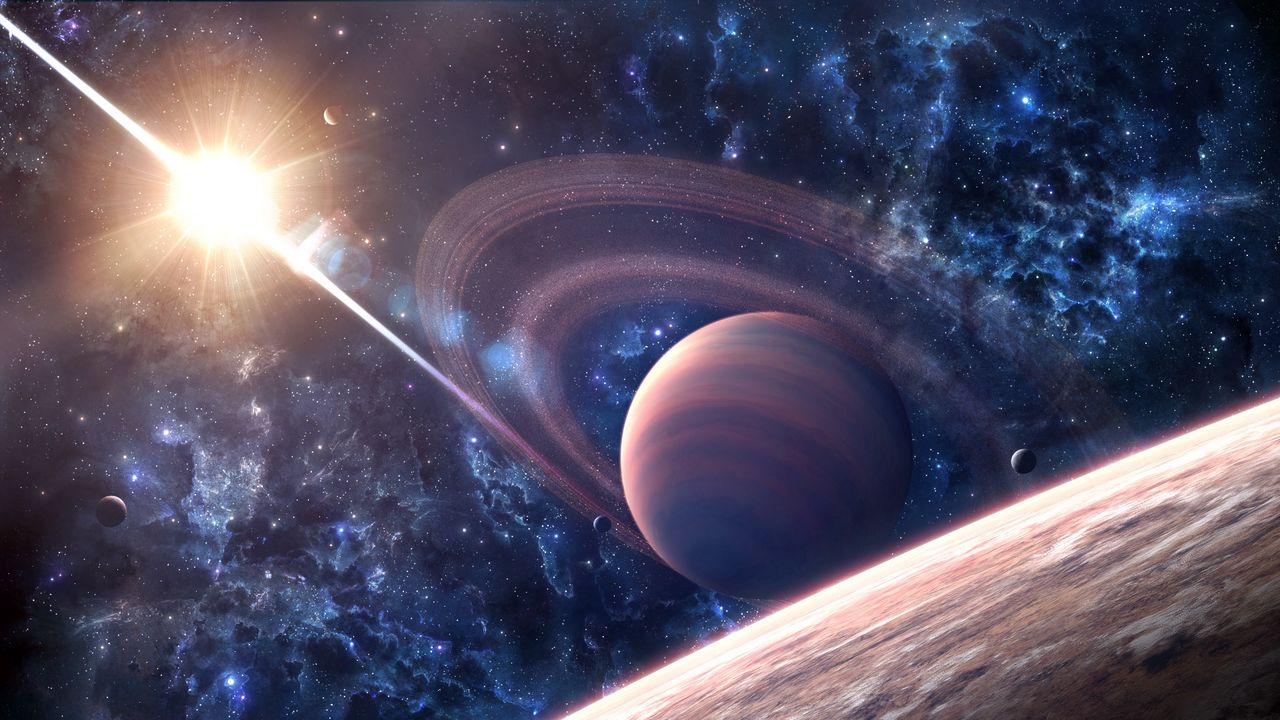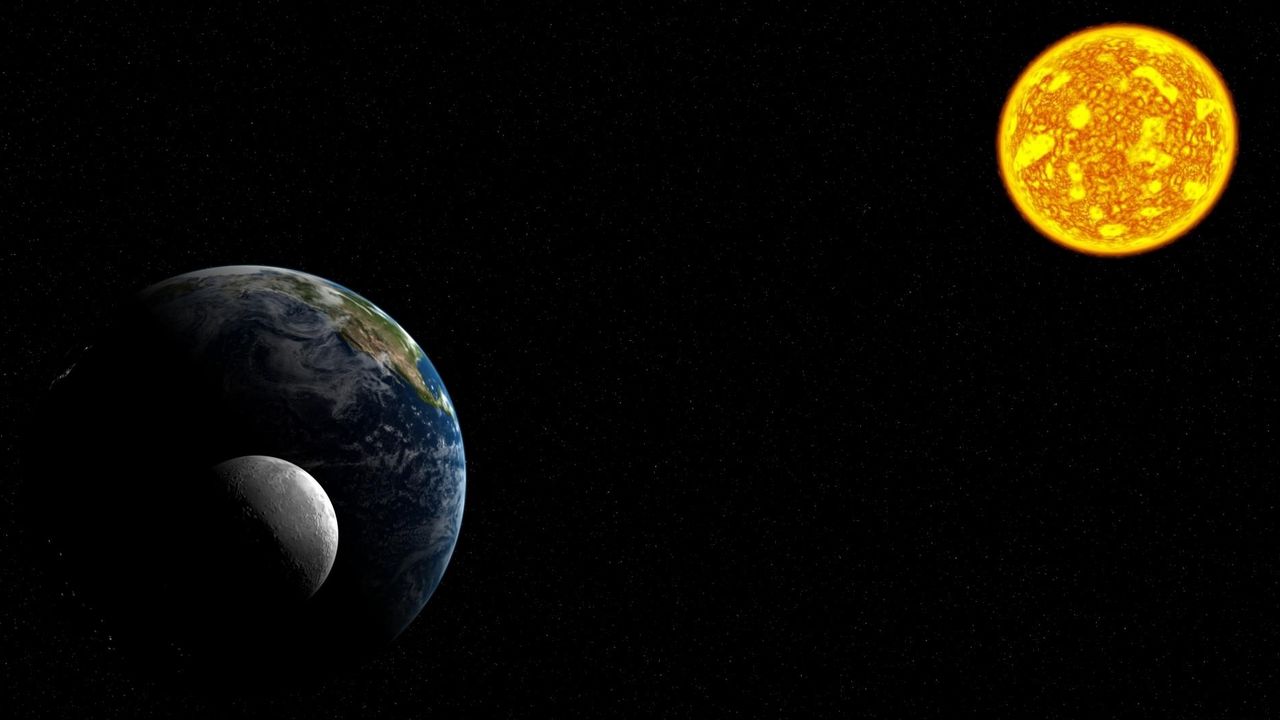Speed of light
In 1638, Galileo is often credited with being the first scientist to try to determine the speed of light. His method was quite simple. He and an assistant each had lamps which could be covered and uncovered at will. Galileo would uncover his lamp, and as soon as his assistant saw the light he would uncover his. By measuring the elapsed time until Galileo saw his assistant's light and knowing how far apart the lamps were, Galileo reasoned he should be able to determine the speed of the light. His conclusion: "If not instantaneous, it is extraordinarily rapid". Most likely he used a water clock, where the amount of water that empties from a container represents the amount of time that has passed. Galileo just deduced that light travels at least ten times faster than sound.
In 1675, the Danish astronomer Ole Roemer noticed, while observing Jupiter's moons, that the times of the eclipses of the moons of Jupiter seemed to depend on the relative positions of Jupiter and Earth. If Earth was close to Jupiter, the orbits of its moons appeared to speed up. If Earth was far from Jupiter, they seemed to slow down. Reasoning that the moons orbital velocities should not be affected by their separation, he deduced that the apparent change must be due to the extra time for light to travel when Earth was more distant from Jupiter. Using the commonly accepted value for the diameter of the Earth's orbit, he came to the conclusion that light must have traveled at 200,000 Km/s.
In 1728 James Bradley, an English physicist, estimated the speed of light in vacuum to be around 301,000 km/s. He used stellar aberration to calculate the speed of light. Stellar aberration causes the apparent position of stars to change due to the motion of Earth around the sun. Stellar aberration is approximately the ratio of the speed that the earth orbits the sun to the speed of light. He knew the speed of Earth around the sun and he could also measure this stellar aberration angle. These two facts enabled him to calculate the speed of light in vacuum.
A French physicist, Fizeau, shone a light between the teeth of a rapidly rotating toothed wheel. A mirror more than 5 miles away reflected the beam back through the same gap between the teeth of the wheel. There were over a hundred teeth in the wheel. The wheel rotated at hundreds of times a second; therefore a fraction of a second was easy to measure. By varying the speed of the wheel, it was possible to determine at what speed the wheel was spinning too fast for the light to pass through the gap between the teeth, to the remote mirror, and then back through the same gap. He knew how far the light traveled and the time it took. By dividing that distance by the time, he got the speed of light. Fizeau measured the speed of light to be 313,300 Km/s.
Another French physicist, Leon Foucault, used a similar method to Fizeau. He shone a light to a rotating mirror, then it bounced back to a remote fixed mirror and then back to the first rotating mirror. But because the first mirror was rotating, the light from the rotating mirror finally bounced back at an angle slightly different from the angle it initially hit the mirror with. By measuring this angle, it was possible to measure the speed of the light. Foucault continually increased the accuracy of this method over the years. His final measurement in 1862 determined that light traveled at 299,796 Km/s.
US National Bureau of Standards 299792.4574 ± 0.0011 km/sec
The British National Physical Laboratory 299792.4590 ± 0.0008 km/sec 299,792.458 km/s is the adopted value for speed of light at the General Conference of Weights And Measures, 1983 Oct 21.
We discovered that light travels in one day the same distance the moon travels in 1000 years. See: 12000 Lunar Orbits/Earth Day.


